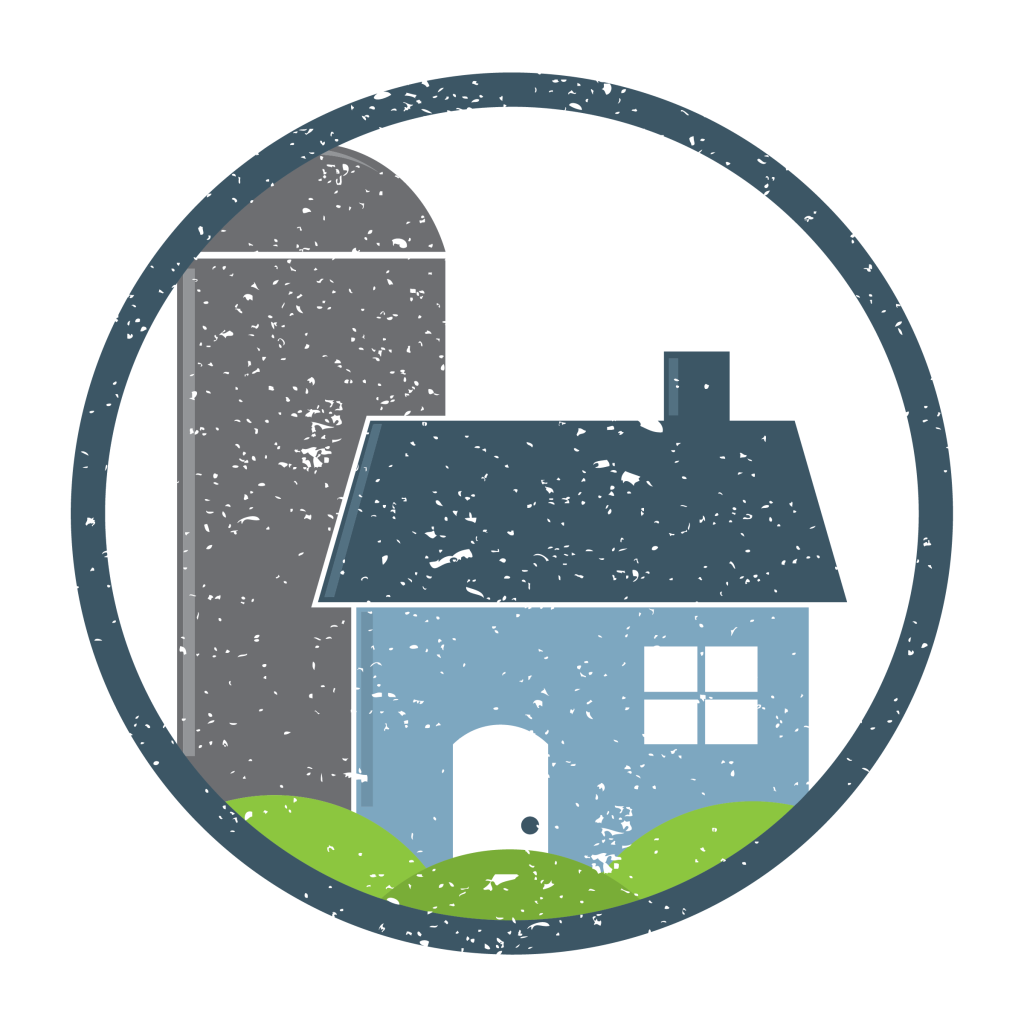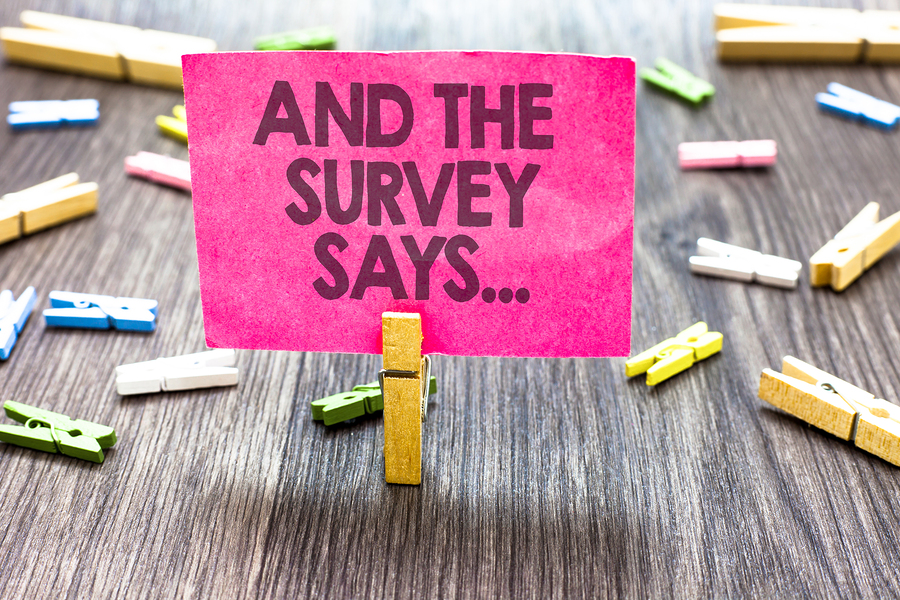You want to keep your customers happy, but how do you know how they really feel about your products and services? A customer survey is an effective way to gain important insights into just what your customers are thinking. You want to design a survey that gets you the information you need and one that customers will respond to. Time spent upfront on your survey can also help you avoid costly mistakes.
Here are some tips:
What’s Your Goal?
The first step to creating an effective survey is to identify why you’re doing it. You need to ask yourself what you hope to accomplish with the survey. How will you use the data you’re collecting?
Do you want to know how to make your product better? Improve your customer service? Get feedback from a recent transaction? Understand customer perception of your product or service?
Identifying the objective will help you create effective, focused questions.
Keep it Short and Simple
Brevity, they say, is the soul of wit, and the best practice when asking questions of customers. You don’t want them to get bogged down with the process. Keeping your survey short and focused helps with both the quality and quantity of the responses.
Make sure each question is focused on helping you achieve your goal. If a question isn’t relevant, eliminate it. You can use open-ended or close-ended questions on your survey, but, generally speaking, close-ended questions — such as YES/NO, multiple choice or a rating scale — work best.
Examples of good close-ended questions are:
- How would you rate (product, service, experience)?
- May we follow-up with you if we have additional questions?
If you want to include open-ended questions, you could ask “Why did you give that rating/response?” This provides valuable customer feedback.
One more pointer on questions: Make sure they flow in a logical order.
Rating Scales — Keep Them Consistent
A rating scale is an excellent and easy way to measure and compare a set of variables. But keep the scale consistent. For example, if you use a rating scale of 1-5 in your survey, make sure the meanings of high and low remain consistent throughout. A typical rating scale would have 1 = “Strongly Disagree” and 5 = “Strongly Agree.” You could also rate service from 1 – 5, with 1 being the lowest and 5 being the highest. You can use whichever scale you choose, but don’t switch it mid-survey or you will confuse customers and may get results you can’t trust.
Pre-Test Your Survey
Before launching your survey to the public, have co-workers, friends, or other associates try it out to find any glitches or unexpected interpretations of questions.
Personalize if Possible
If you’re surveying online, personalization is a great way to increase the chances of getting your customer to fill out your survey. As people skim their inbox for messages, personalization is an effective tool for grabbing their attention.
Offer an Incentive
Depending on your survey, offering your customers a little bonus usually improves response rates. We all like getting a little something for our time. Research shows that incentives can boost response rates by an average of 50%!
So go ahead and create a great customer survey, and remember, you can always call the Farmhouse if you need any help.

